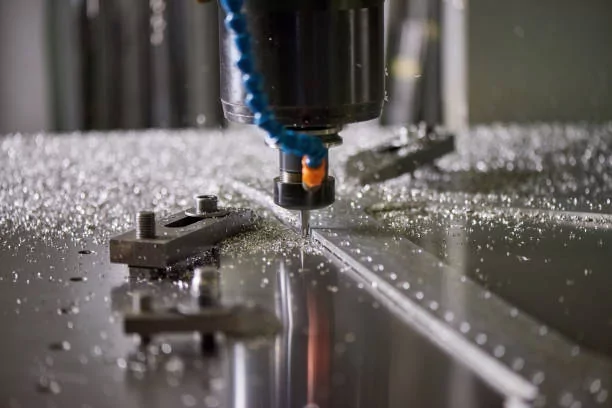Introduction
The aerospace industry has always been at the forefront of technological advancements, constantly pushing the boundaries of what is possible. One such innovation that has revolutionized the industry is 5 axis milling. This cutting-edge machining technique has become increasingly prevalent in aerospace manufacturing, offering numerous advantages over traditional milling methods.
Enhancing Precision and Complexity
The growing role of 5 axis milling in the aerospace industry lies in its ability to enhance precision and complexity in component manufacturing. Unlike traditional milling, which operates on three axes (X, Y, and Z), 5 axis milling adds two rotational axes (A and B) to the mix. This additional freedom of movement allows for the creation of intricate and highly precise geometries that were previously unattainable.
For example, complex turbine blades with intricate airfoil shapes can now be manufactured with ease using 5 axis milling. The ability to tilt and rotate the cutting tool enables the creation of smooth, continuous surfaces, reducing the need for manual finishing and improving overall efficiency.
Reducing Production Time and Costs
Another significant advantage of 5 axis milling in the aerospace industry is its ability to reduce production time and costs. By enabling the machining of complex components in a single setup, manufacturers can eliminate the need for multiple operations and setups, streamlining the production process.
Furthermore, the increased precision and accuracy offered by 5 axis milling reduce the need for post-processing and manual adjustments, saving both time and money. The ability to produce high-quality components with minimal rework not only improves efficiency but also ensures the reliability and safety of aerospace systems.
Improving Material Utilization
5 axis milling also plays a crucial role in improving material utilization in the aerospace industry. By allowing for the machining of complex shapes and contours, manufacturers can optimize the use of raw materials, minimizing waste and maximizing efficiency.
For instance, the ability to create hollow structures with internal features using 5 axis milling allows for the reduction of weight without compromising structural integrity. This is particularly important in aerospace applications where weight reduction is a critical factor in improving fuel efficiency and overall performance.
The Future of 5 Axis Milling in Aerospace Industry
The growing role of 5 axis milling in the aerospace industry shows no signs of slowing down. As technology continues to advance, we can expect further improvements in machine capabilities, such as faster spindle speeds, higher precision, and enhanced automation.
Additionally, the integration of advanced software and simulation tools will enable manufacturers to optimize machining strategies, further improving efficiency and reducing production costs. The use of artificial intelligence and machine learning algorithms may also play a significant role in optimizing tool paths and improving overall machining performance.
In conclusion, the growing role of 5 axis milling in the aerospace industry has revolutionized component manufacturing, offering enhanced precision, reduced production time and costs, and improved material utilization. As this technology continues to evolve, it will undoubtedly shape the future of aerospace manufacturing, enabling the creation of even more complex and efficient aerospace systems.

